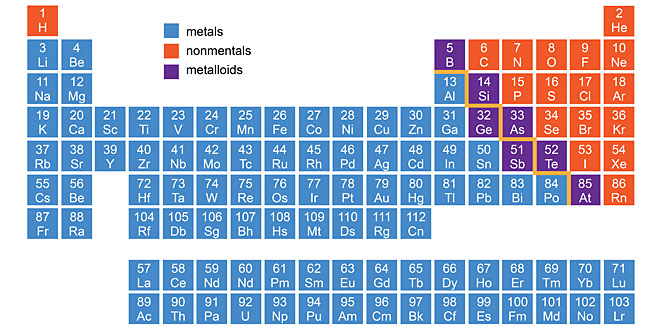Question: Explain the following giving examples:
(a) Saturated solution
(b) Pure substance
(c) Colloid
(d) Suspension
Answer:
- Saturated solution: In a given solvent when no more solute can dissolve further at a given temperature is called saturated solution.
- Pure substance: A pure substance consists of a single type of particles. E.g., gold, silver.
- Colloid: A colloid is a solution in which the size of solute particles are bigger than that of true solution. These particles cannot be seen with our naked eyes, they are stable, e.g., ink, blood.
- Suspension: It is a heterogeneous mixture in which the solute particles are big enough to settle down, e.g., chalk-water, paints, etc.
Question: Classify each of the following as a homogeneous or heterogeneous mixture: soda water, wood, air. soil, vinegar, filtered tea.
Answer: Homogeneous: Soda water, vinegar, filtered tea.
Heterogeneous: Wood, air, soil.
Question: How would, you confirm that a colourless liquid given to you is pure water?
Answer: By finding the boiling point of a given colourless liquid. If the liquid boils at 100°C at atmospheric pressure, then it is pure water. This is because pure substances have fixed melting and boiling point.
Question: Which of the following materials fall in the category of a “pure substance”?
(a) Ice (b) Milk (c) Iron
(d) Hydrochloric acid (e) Calcium oxide (f) Mercury
(g) Back (h) Wood (i) Air.
Answer: Pure substances are: Ice, iron, hydrochloric acid, calcium oxide and mercury.
Question: Identify the solutions among the following mixtures.
(a) Soil (b) Sea water
(c) Air (d) Coal
(e) Soda water.
Answer: Solutions are: Sea water soda water and air.
Question: Which of the following will show “Tyndall effect”?
(a) Salt solution (b) Milk
(c) Copper sulphate solution (d) Starch solution.
Answer: Milk and starch solution.
Question: Classify the following into elements, compounds and mixtures.
(a) Sodium (b) Soil (c) Sugar solution
(d) Silver (e) Calcium carbonate (f) Tin
(g) Silicon (h) Coal (i) Air
(j) Soap (k) Methane (l) Carbon dioxide
(m) Blood
Answer: Elements – Compounds – Mixtures
Sodium – Calcium carbonate – Sugar solution
Silver – Methane – Soil
Tin – Carbon dioxide – Coal
Silicon – Soap – Air ,Blood
Question: Which of the following are chemical changes?
(a) Growth of a plant (b) Rusting of iron
(c) Mixing of iron filings and sand (d) Cooking of food
(e) Digestion of food (f) Freezing of water
(g) Burning of a candle.
Answer: Chemical changes are:
- Growth of a plant
- Rusting of iron
- Cooking of food
- Digestion of food
- Burning of a candle
Question: Define solvent.
Answer: The component of the solution that dissolves the other component in it is called the solvent.
Question: Define solute.
Answer: The component of the solution that is dissolved in the solvent is called solute.
Question: What is ‘tincture of iodine’?
Answer: A solution of iodine in alcohol is known as tincture of iodine. It has iodine (solid) as the solute and alcohol (liquid) as the solvent.
Question: What are alloys?
Answer: The homogeneous mixture of two or more metals or a metal and non-metal is called an alloy. E.g., steel is an alloy of iron and carbon.
Question: Give one example of gas in liquid solution.
Answer: Cold-drinks, carbon dioxide gas as solute is mixed with water as a solvent.
Question: How can a solution be dilute or concentrated?
Answer: The amount of solute dissolving in a solvent decides whether the solution is dilute or concentrated.
Question: What is “concentration of a solution”?
Answer: The concentration of a solution is the amount of solute present in a given amount of solution or the amount of solute dissolved in a given mass or volume of solvent.
Question: State the difference between aqueous and, non-aqueous solution.
Answer: Aqueous solutions have water as solvent and non-aqueous solutions do not haVe water as solvent.
Question: What is “solubility” of a solute?
Answer: The amount of the solute present in the saturated solution at the given temperature is called its solubility.
Question: What is saturated solution?
Answer: The maximum amount of solute dissolved in a solvent at given temperature is called saturated solution, where no more solute can dissolve further.
Question: What is unsaturated solution?
Answer: If the amount of solute contained in a solution is less than the saturation level, it is called an unsaturated solution.
 Class Notes NCERT Solutions for CBSE Students
Class Notes NCERT Solutions for CBSE Students



